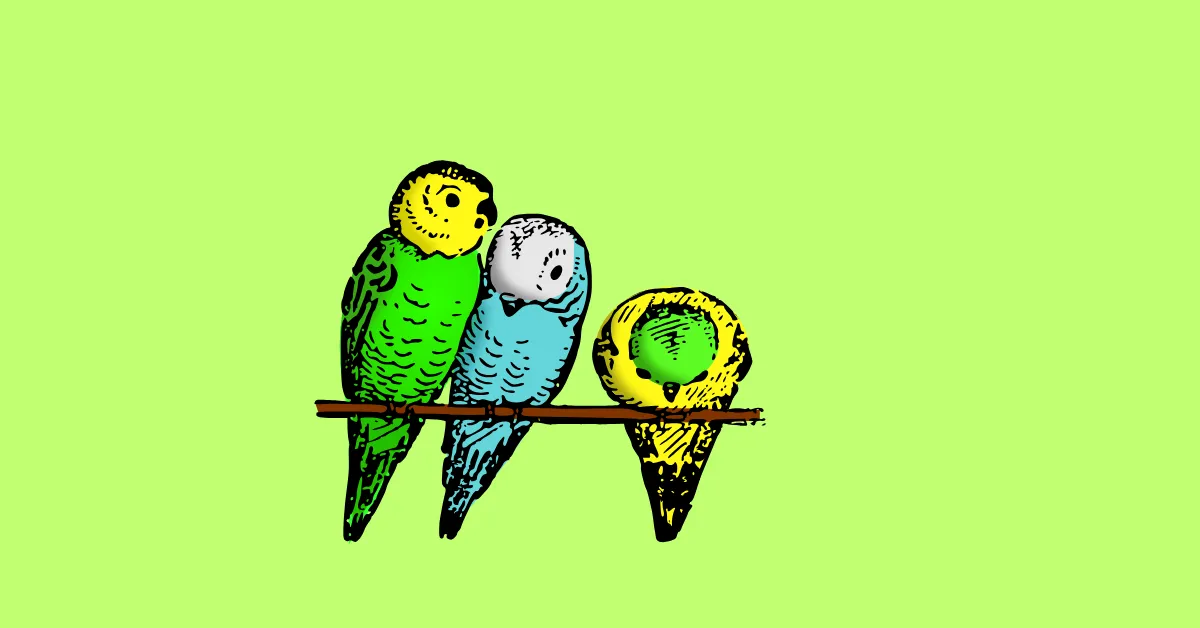Last Updated on 07/26/2024 by calculatoracute.com
Check Budgie Mutation Calculator
Budgies, also known as parakeets, are popular pet birds due to their colorful plumage, playful personalities, and entertaining antics. For many budgie enthusiasts, breeding and genetics play a significant role in creating unique and desirable bird mutations.
Using a budgie mutation calculator can help breeders predict the outcomes of their breeding pairs and plan for the development of specific mutations. In this blog post, we will outline five actionable tips for utilizing a budgie mutation calculator effectively.
1. Understand the Basics of Genetics
Before diving into using a budgie mutation calculator, it is essential to have a good understanding of basic genetics principles.
Knowing how traits are inherited, dominant versus recessive genes, and how mutations arise will provide a solid foundation for using the calculator effectively.
Example
For example, understanding that blue color in budgies is recessive to green color and knowing the different mutation types, such as opaline, spangle, and cinnamon, will help you interpret the calculator’s results accurately.
2. Input Accurate Parental Data
One of the key factors in getting reliable predictions from a budgie mutation calculator is inputting accurate parental data.
Make sure you know the genetic background of the breeding pair, including their colors, markings, and mutations.
If possible, obtain DNA test results to confirm the genetic makeup of your budgies. By providing precise information, the calculator can generate more accurate predictions for the offspring’s potential mutations.
3. Explore Different Breeding Combinations
To get the most out of a budgie mutation calculator, experiment with various breeding combinations to see how different pairings can produce different mutations.
Example
For example, crossing a blue budgie with a green budgie might result in a mix of blue and green offspring with various mutations like spangle or opaline.
By exploring different combinations, you can visualize the potential outcomes and plan your breeding program accordingly.
4. Consider Genetic Interactions
In some cases, specific mutations interact with each other, resulting in unique phenotypes that may not be straightforward to predict.
For instance, combining a spangle mutation with a cinnamon mutation can produce a bird with a striking appearance due to the interaction between the two mutations.
Understanding how different mutations interact can give you insights into the diversity of potential outcomes and help you create novel and visually appealing budgie varieties.
5. Monitor and Record Breeding Results
Finally, it is crucial to monitor and record the outcomes of your breeding experiments to validate the predictions made by the budgie mutation calculator.
Keep detailed records of the parentage, colors, mutations, and other relevant information for each clutch of chicks.
By comparing the actual results with the calculator’s predictions, you can refine your breeding strategies, identify patterns, and fine-tune your genetic selection process for producing desirable budgie mutations.
Conclusion
In conclusion, a budgie mutation calculator can be a valuable tool for budgie breeders looking to create unique and beautiful bird mutations.
By following these five actionable tips, you can maximize the effectiveness of the calculator, experiment with different breeding combinations, and ultimately achieve your desired outcomes in creating visually stunning and genetically diverse budgies. Happy breeding!


